How do you keep vegetable gardening groove in the off season??
dancinglemons
16 years ago
Related Stories
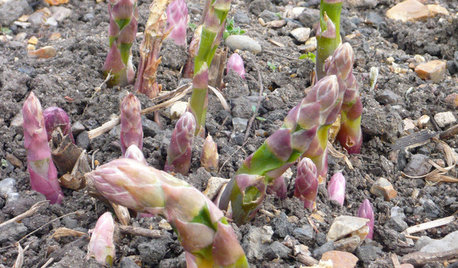
COOL-SEASON CROPSCool-Season Vegetables: How to Grow Asparagus
Patience pays off with this harbinger of spring that lasts for decades in the garden
Full Story
MOST POPULARHow to Start a Cool-Season Vegetable Garden
Late summer and late winter are good times to plan and plant cool-season crops like salad greens, spinach, beets, carrots and peas
Full Story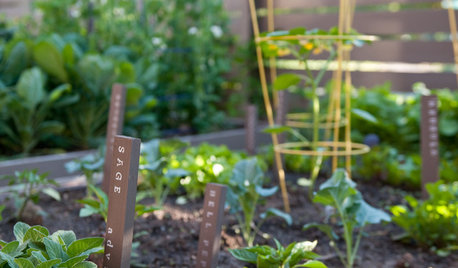
EDIBLE GARDENSKeep Track of Your Vegetable Garden With Plant Markers
Bring order to your edible beds with these labeling ideas
Full Story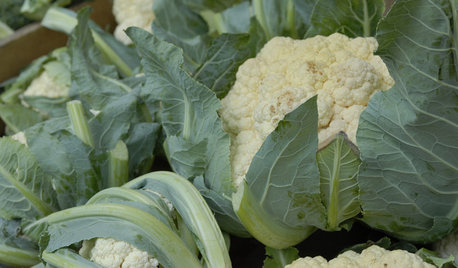
GARDENING GUIDESCool-Season Vegetables: How to Grow Cauliflower
It may be fussy about growing conditions, but the taste of cauliflower fresh from your fall garden is worth the effort
Full Story
FARM YOUR YARD9 Ways to Change Up Your Vegetable Garden for the Coming Season
Try something new for edible plantings that are more productive than ever
Full Story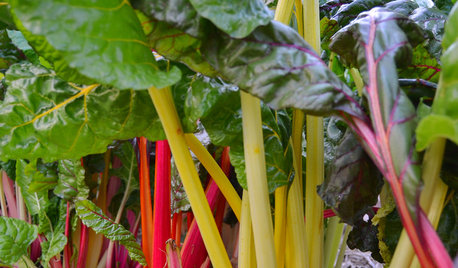
GARDENING GUIDESCool-Season Vegetables: How to Grow Chard
A year-round garden favorite with a colorful stem, Swiss chard comes into its own in early spring and in fall
Full Story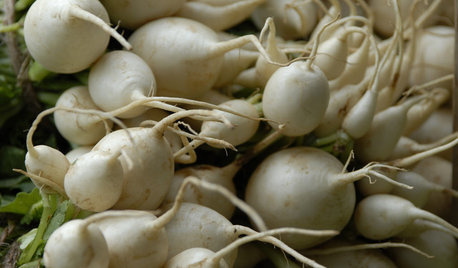
GARDENING GUIDESCool-Season Vegetables: How to Grow Turnips
Sweeter after a taste of frost, these often-overlooked root vegetables can be a surprisingly tasty part of your fall garden
Full Story0

COOL-SEASON CROPSCool-Season Vegetables: How to Grow Potatoes
This ever-popular tuber is a stalwart in spring and fall gardens and a staple in kitchens everywhere
Full Story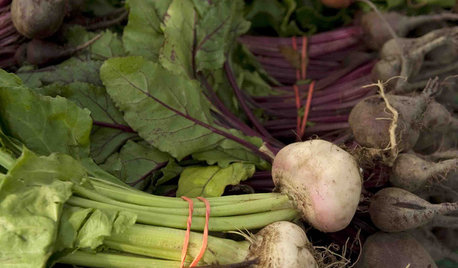
FARM YOUR YARDCool-Season Vegetables: How to Grow Beets
Give canned versions of this fall and spring garden favorite the heave-ho and discover its true flavor and colors
Full Story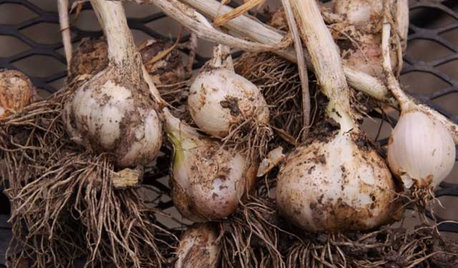
COOL-SEASON CROPSCool-Season Vegetables: How to Grow Garlic
Beloved in a wide range of dishes the world over, garlic thrives in a fall garden and is easy to grow
Full Story





annebert
catherine_nm
Related Professionals
Arlington Landscape Architects & Landscape Designers · Roosevelt Landscape Architects & Landscape Designers · Rossville Landscape Architects & Landscape Designers · Springfield Landscape Contractors · Canton Landscape Contractors · Cornelius Landscape Contractors · Corona Landscape Contractors · Lees Summit Landscape Contractors · Palos Heights Landscape Contractors · Kyle Roofing & Gutters · Memphis Roofing & Gutters · Hillcrest Heights Roofing & Gutters · Orchards Roofing & Gutters · Bedford Swimming Pool Builders · West Chester Swimming Pool BuildersdancinglemonsOriginal Author
aleopold
susanzone5 (NY)
faithling
dancinglemonsOriginal Author
faithling
dancinglemonsOriginal Author
florita
mike_marietta_sc_z8a
yooperjon
albionwood
tom_n_6bzone
celestial